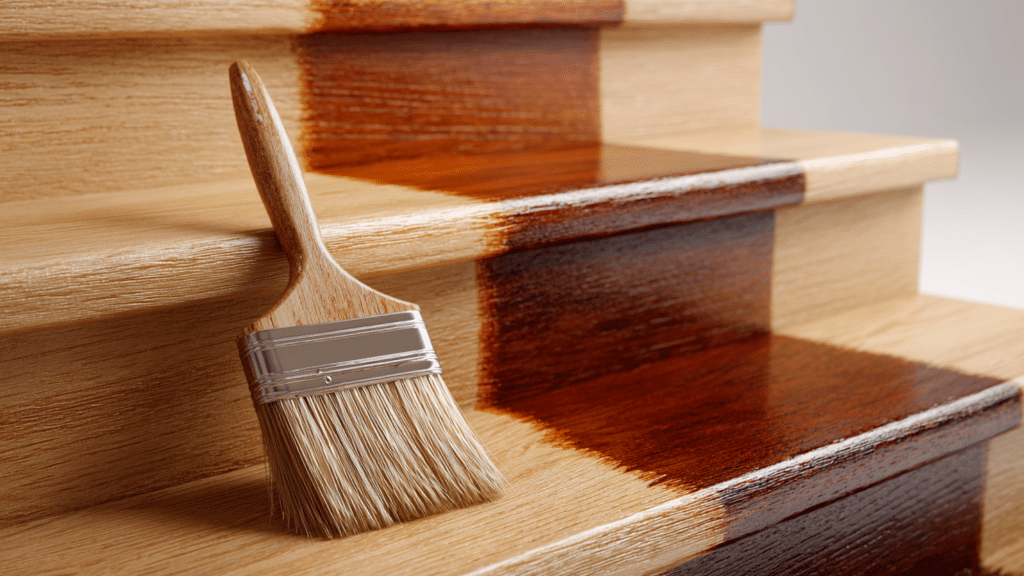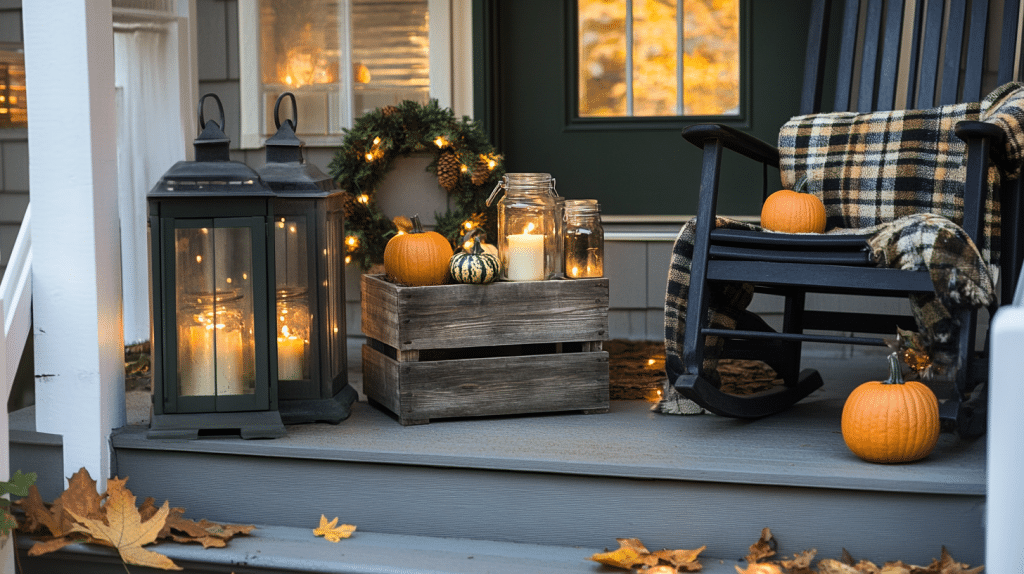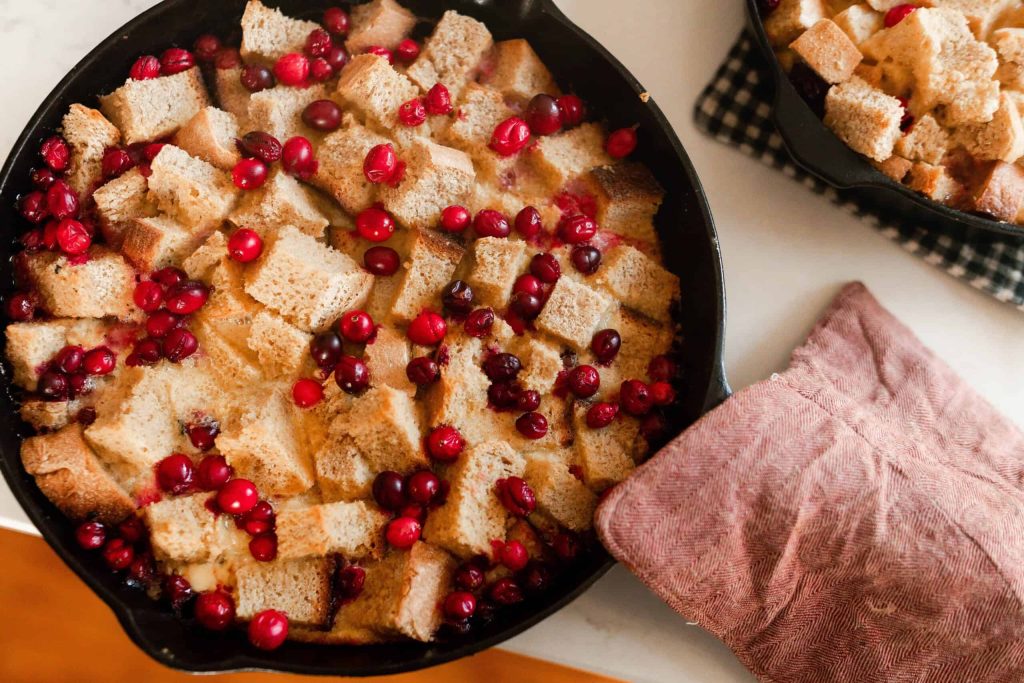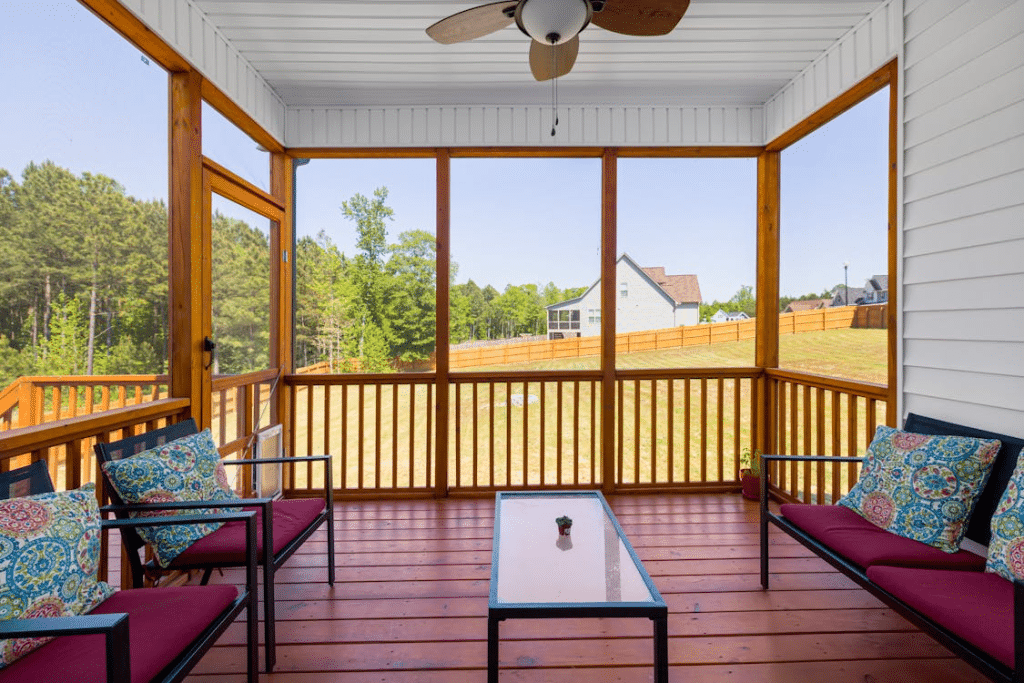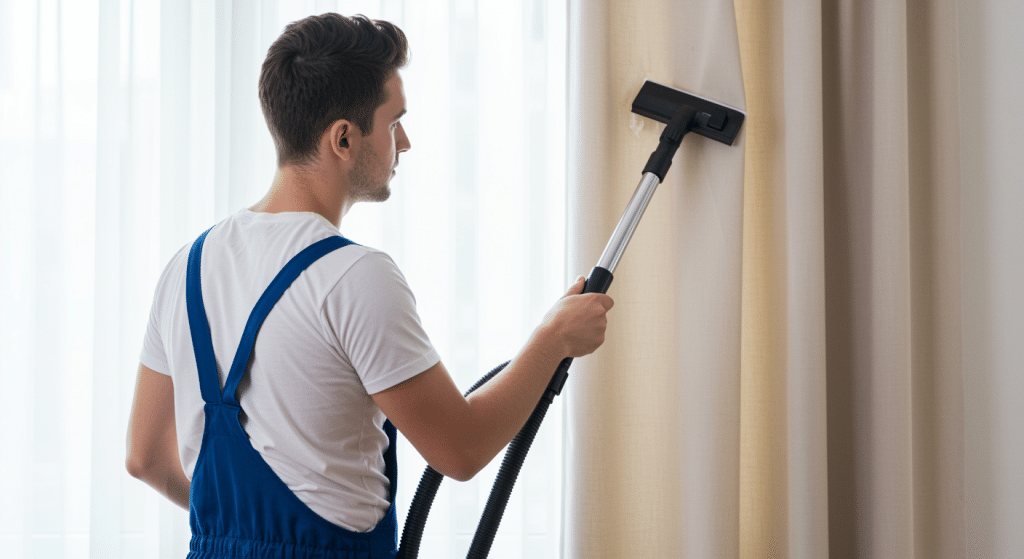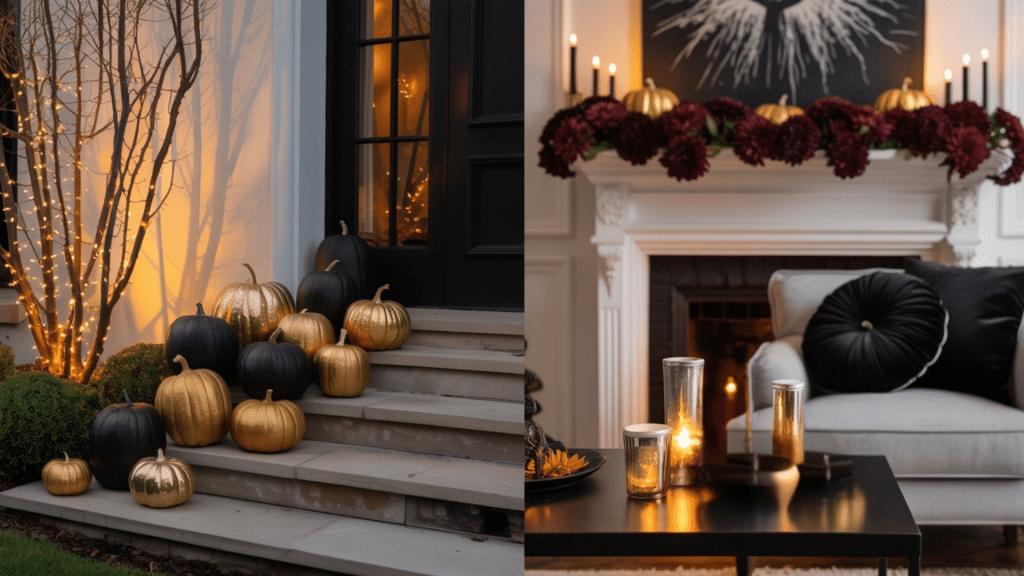You have just finished painting your wooden stairs, and they look absolutely stunning.
But then reality hits these beauties are about to face daily foot traffic, scuffs, and general wear. That’s when the polyurethane question pops up.
Even if you’ve used the best paint for stairs, without added protection they’re like wearing white sneakers to a mud festival. They might start gorgeous, but they won’t stay that way long.
So should you apply polyurethane over those freshly painted stairs? The short answer is yes, but there’s more to consider. Let’s take a look.
What is Polyurethane?
Polyurethane is basically a clear protective coating that acts like armor for your wood surfaces. Think of it as an invisible shield that hardens over your paint or stain.
There are two main options:
- Oil-based: Takes longer to dry but offers serious durability, perfect for high-traffic areas
- Water-based: Dries faster and has less odor, though it’s not quite as tough
This protective coating works over any type of paint finish you choose. Whether you go with satinwood or gloss for your wood paintwork, polyurethane ensures your decision stays protected for years to come.
People use polyurethane because wood gets beat up. Scratches, moisture, UV rays – they all wreak havoc on bare or painted surfaces.
This coating helps your stairs handle whatever life throws at them while keeping that fresh-painted look intact longer.
Benefits and Drawbacks
Before you decide if you should add that protective layer, let’s break down what you’re signing up for.
| Pros | Cons |
|---|---|
| Superior scratch and scuff resistance for high-traffic areas | Oil-based formulas can yellow lighter paint colors over time |
| Moisture protection prevents peeling and damage | Glossy finishes may create slippery surfaces on stairs |
| Reduces need for frequent repainting and touch-ups | Requires thorough surface prep including cleaning and sanding |
| Multiple sheen options to match your decor style | Longer drying times, especially with oil-based varieties |
| Easy to clean and maintain once properly applied | Strong fumes during application require good ventilation |
When you weigh it all out, most homeowners find the protection worth the extra effort and investment, particularly for wooden stairs that face daily use.
Choosing the Right Polyurethane for Painted Stairs
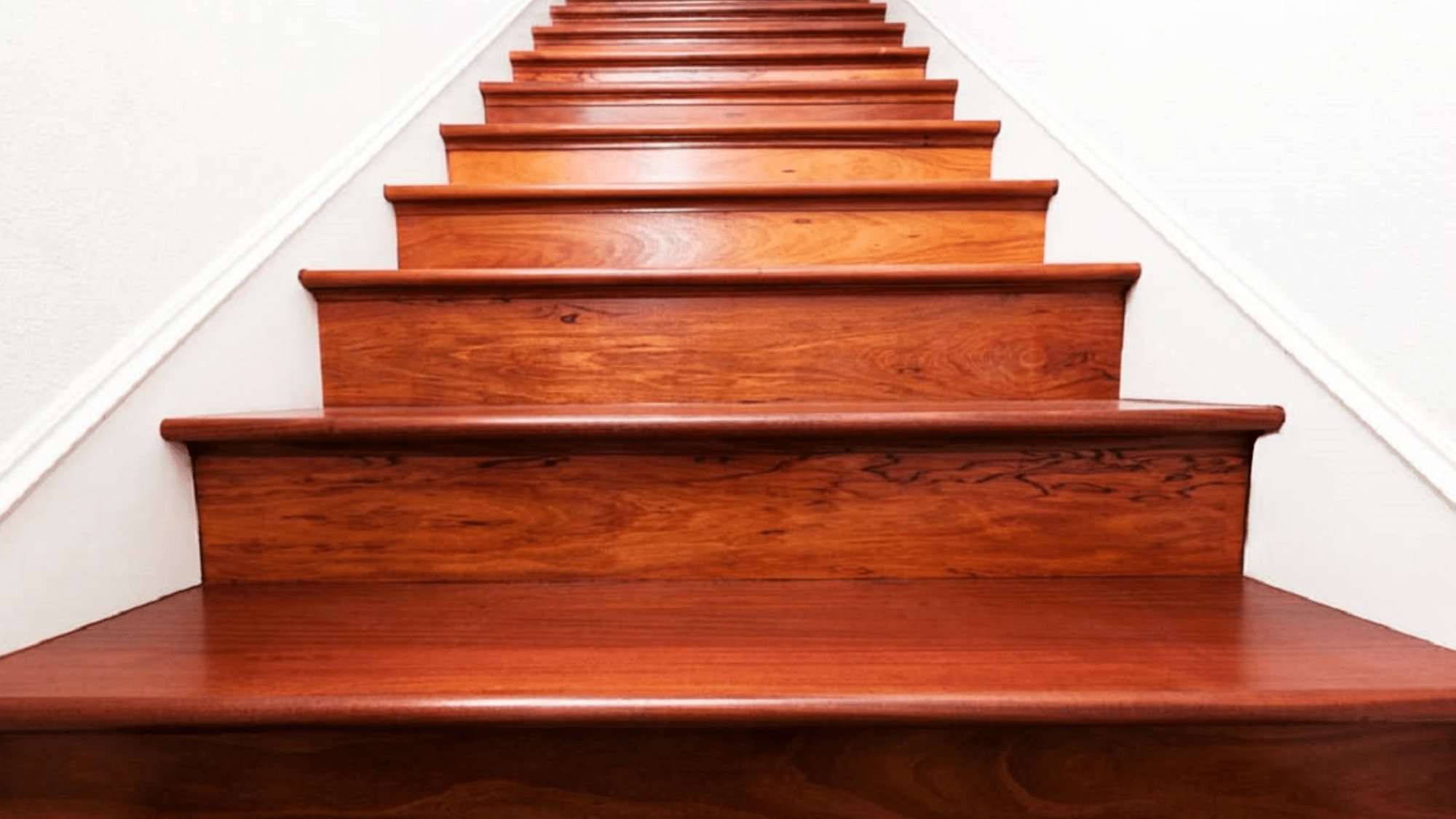
When it comes to painted stairs, you’ve got decisions to make. Water-based polyurethane dries faster and won’t yellow your paint, but it’s not as durable as oil-based options.
Oil-based gives you serious protection and handles heavy traffic better, though it takes longer to cure and might add a slight amber tint.
For stairs, durability usually wins over convenience. Consider oil-based if you can handle the longer wait time.
Pro Tip: Regular polyurethane can make stairs slippery. Look for non-slip formulas or add anti-skid additives to your chosen product. Your ankles will thank you later.
Mistakes to Avoid
Nobody wants to redo this job twice. Here are the blunders that’ll cost you time and money.
- Don’t apply polyurethane over dirty or greasy paint surfaces, it won’t stick properly and will peel off later.
- Never skip the light sanding step, smooth paint needs texture for the polyurethane to grip onto.
- Test oil-based formulas on light colors first, they can yellow white or cream paints over time.
- Avoid thick coats that look faster but create bubbles, drips, and uneven coverage instead.
- Consider non-slip formulas for stairs, regular polyurethane can make steps dangerously slippery.
- Don’t rush drying times between coats patience prevents tacky, streaky finishes.
Tips and Maintenance
Once your polyurethane is dry, keeping your stairs looking good is easy.
Safety Tips:
- Add anti-slip strips to the nose of each step for extra traction and accident prevention
- Place rubber mats on high-wear areas without compromising your beautiful finish
Maintenance:
With polyurethane protection, upkeep is a breeze. Just sweep regularly to remove grit that can scratch the surface. For deeper cleaning, use a damp mop with mild soap, avoid harsh chemicals that can dull the finish.
A quick weekly cleaning keeps everything looking fresh. The polyurethane does most of the heavy lifting, so you can focus on enjoying your stairs instead of constantly maintaining them.
Final Takeaway
Protecting your painted stairs isn’t just about looks, it’s about making a smart long-term investment.
You might have chosen premium options like Sherwin Williams paints for high traffic areas, but the few extra hours you spend applying polyurethane now will save you weeks of repainting later.
Yes, there’s prep work involved. But when your stairs still look great years from now while your neighbor’s are chipped and worn, you’ll know it was worth every minute.
Take your time, choose quality materials, and don’t cut corners on the process.


